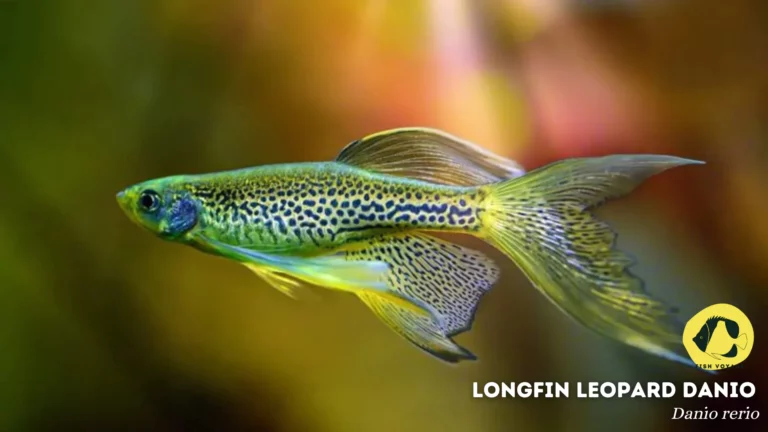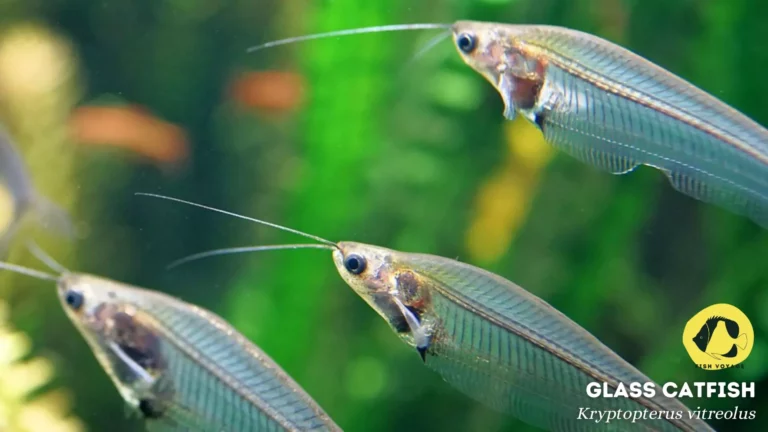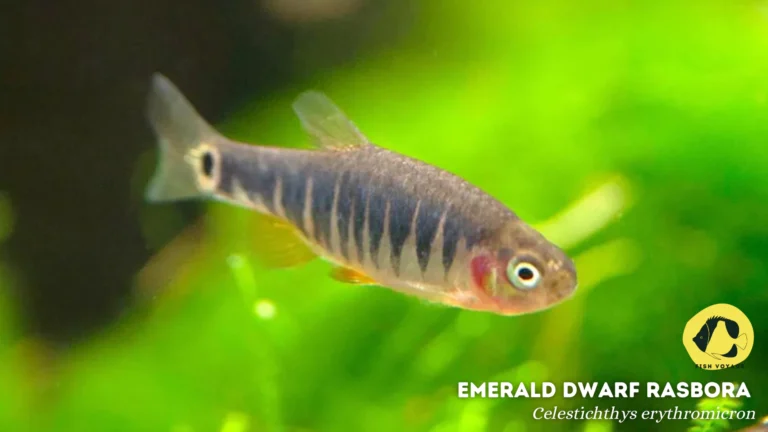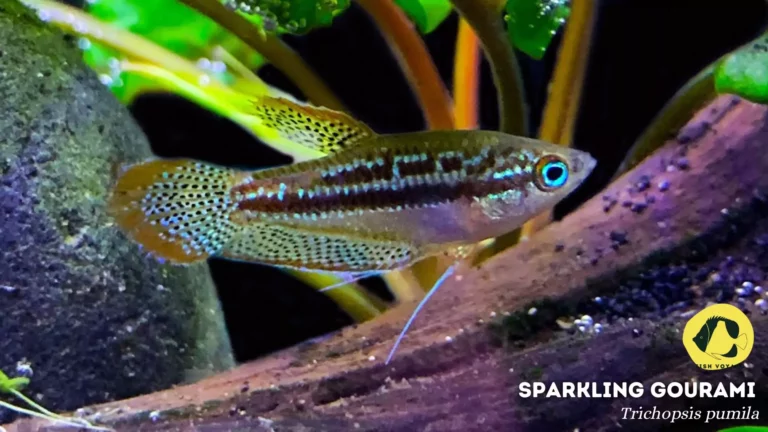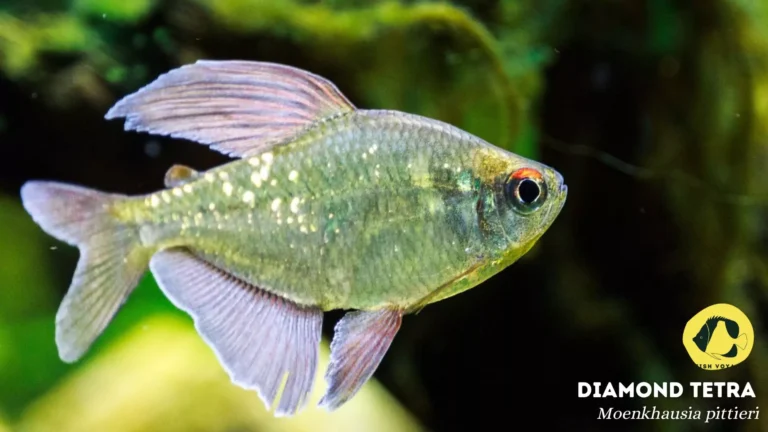Top 10 Most Aggressive Aquarium Fishes
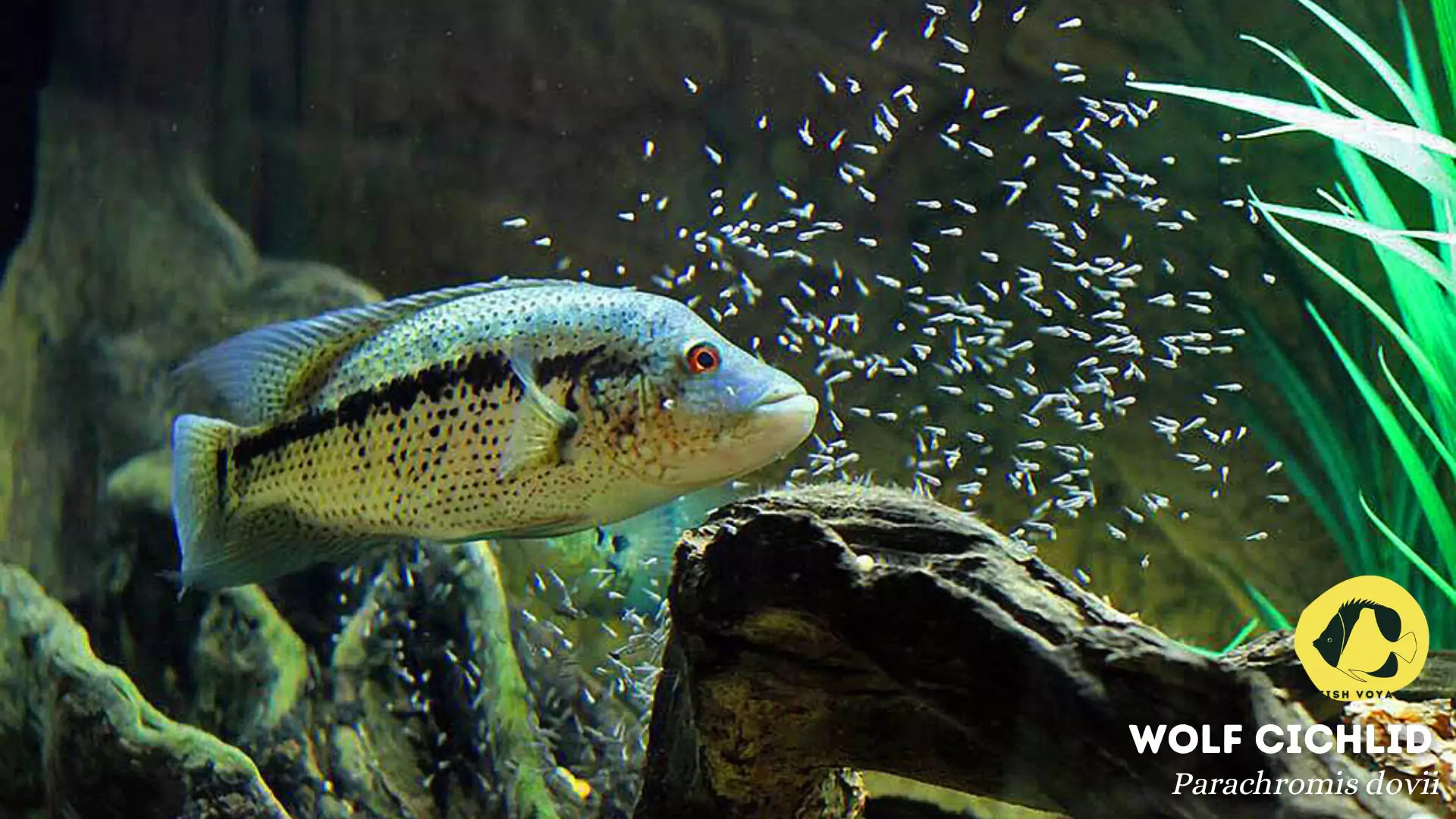
In the fascinating realm of aquarium keeping, navigating the intricacies of aggressive aquarium fishes adds a layer of complexity that enthusiasts must comprehend. The allure of vibrant aquatic life is accompanied by the diverse behaviors exhibited by these species, with some earning a reputation for their assertiveness. Understanding fish aggression is paramount for aquarium enthusiasts as it directly influences the well-being of the entire tank ecosystem. From territorial disputes to hierarchical intricacies, delving into the dynamics of aggressive behaviors contributes to creating a harmonious aquatic environment. This introductory insight serves as a foundation for enthusiasts to appreciate the nuances of fish interactions, fostering responsible and informed aquarium management practices.
Setting Up an Aggressive Aquarium
Tank Size and Specifications
Strategic Sizing
Choosing an appropriate tank size is pivotal when accommodating aggressive aquarium fishes. Larger tanks, often exceeding standard recommendations, provide essential space for fish to establish territories, mitigating potential conflicts.
Considered Filtration
Robust filtration systems are imperative in aggressive setups. High-powered filters maintain water quality, crucial for the well-being of territorial species known for their waste production.
Ideal Water Conditions
Precise Temperature Control
Maintaining a stable water temperature is crucial for the health and behavior of aggressive fish. A precise thermostat ensures consistency, minimizing stress-induced aggression.
Optimal pH Levels
Different aggressive species thrive in specific pH ranges. Tailoring the water conditions to match the preferences of the selected fishes contributes to a balanced and thriving aquarium ecosystem.
Importance of Hiding Spots and Territories
Strategic Aquascaping
Incorporating ample hiding spots and territorial features is essential. Rocks, caves, and carefully chosen decorations serve as refuge areas, allowing fish to establish territories and retreat when needed.
Territorial Boundaries
Clearly defined territories within the aquarium help prevent excessive aggression. Introducing visual barriers, such as plants or dividers, aids in delineating spaces and reducing confrontations.
In the intricate landscape of aggressive aquariums, these key considerations not only address the physiological needs of the fishes but also contribute to the overall harmony of the tank. Implementing these strategic measures ensures that enthusiasts create an environment where aggression is managed, fostering a thriving aquatic community.
Top 10 Most Aggressive Aquarium Fishes
Red-Tail Shark
Characteristics
Red-Tail Sharks are renowned for their striking appearance, marked by a vibrant red tail fin and sleek black body. Their territorial nature makes them stand out, as they often defend specific areas within the aquarium.
Tips for Keeping in a Community Tank
Introducing Red-Tail Sharks to a community tank requires thoughtful planning. Ensure the tank has ample hiding spots, and avoid housing them with similarly territorial species. Maintaining a well-balanced environment helps mitigate potential conflicts, promoting a harmonious community.
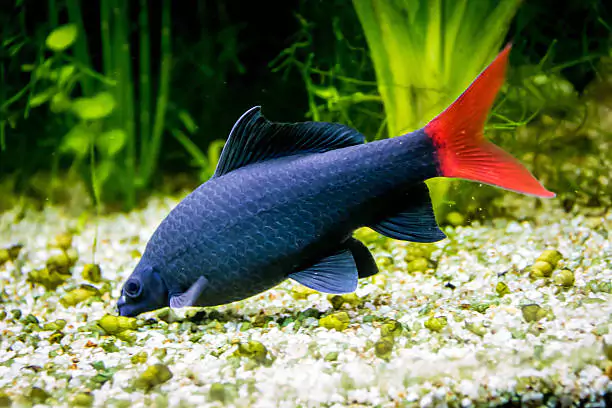
Oscar Fish
Behavior Traits
Oscars are charismatic yet assertive fish known for their interactive behavior. They often exhibit territorial tendencies and may establish dominance within the tank. Observing their social dynamics is crucial for maintaining a balanced environment.
Recommended Tank Mates and Potential Issues
Careful selection of tank mates is essential when keeping Oscars. Compatible companions include larger, robust species. However, be cautious with smaller or timid fish, as Oscars may display aggression. Monitoring interactions and providing hiding spots aids in managing potential conflicts.
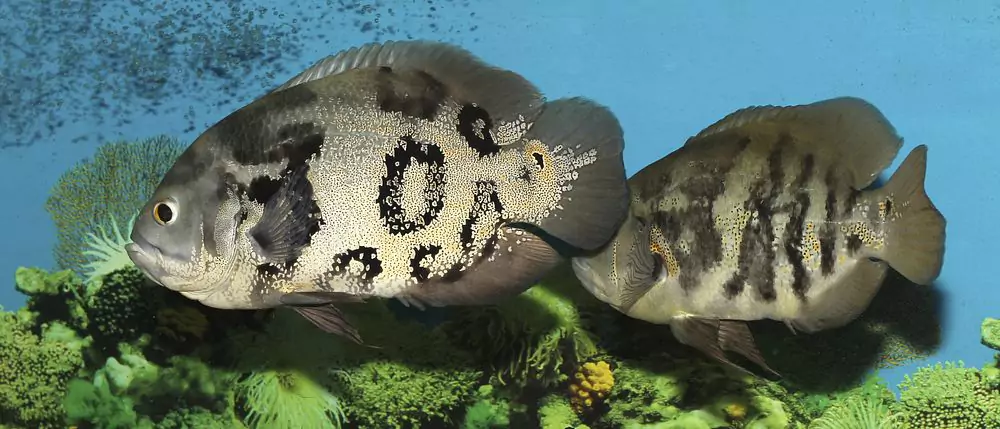
Siamese Fighting Fish (Betta splendens)
Unique Behaviors
Betta fish, also known as Siamese Fighting Fish, showcase vibrant colors and elaborate fin displays. Their territorial nature requires careful consideration, especially when introducing them to shared spaces.
Special Care Requirements
Betta fish thrive in well-maintained environments with minimal competition. Adequate space, gentle filtration, and avoiding aggressive tank mates are crucial for their well-being. Attention to water quality and regular monitoring ensures a thriving Betta community.

Jaguar Cichlid
Aggression Levels
The Jaguar Cichlid boasts bold patterns and robust behavior. Their territorial instincts make them formidable tank residents, requiring strategic management to prevent conflicts.
Tank Setup Considerations
To accommodate Jaguar Cichlids, provide ample hiding spots and carefully plan the tank layout to establish territories. Mixing them with similarly sized, assertive species can help distribute aggression, fostering a balanced environment.

Green Terror
Distinctive Features
Green Terrors captivate with their vibrant coloration and assertive demeanor. Recognizable by their turquoise and orange hues, they add a unique flair to aquariums.
Compatibility with Other Fish
While Green Terrors possess stunning aesthetics, their aggression necessitates thoughtful tank mate selection. Choosing robust companions of similar size helps manage aggression, ensuring a visually stunning and harmonious aquatic display.
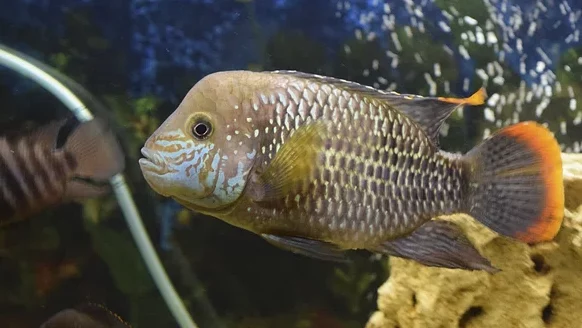
African Peacock Cichlid
Aggressive Tendencies
African Peacock Cichlids exhibit territorial behaviors, particularly during breeding periods. Understanding their social dynamics is crucial for maintaining a peaceful coexistence within the aquarium.
Suitable Tank Conditions
Creating a suitable environment involves providing adequate hiding spots and carefully monitoring water conditions. Ensuring compatibility with other cichlid species and avoiding overcrowding contributes to a thriving African Peacock Cichlid community.

Wolf Cichlid (Parachromis dovii)
Notable Characteristics
Wolf Cichlids, or Parachromis dovii, are revered for their striking appearance and predatory instincts. Their territorial nature poses challenges but also offers rewarding experiences for dedicated enthusiasts.
Challenges and Rewards of Keeping Them
Successfully keeping Wolf Cichlids requires addressing their territorial behaviors and providing a spacious environment. The challenges are offset by the rewarding experience of observing their unique behaviors and vibrant coloration.

Archerfish
Hunting Behavior
Archerfish stand out for their remarkable ability to shoot down prey with water jets. Their hunting behavior adds an interactive element to the aquarium, requiring specific considerations for their care.
Feeding Tips and Tank Requirements
Satisfying the hunting instincts of Archerfish involves providing live or moving prey. Careful attention to water quality and suitable tank conditions ensures the well-being of these unique and engaging aquatic inhabitants.

Tiger Barb
Aggression Within Their School
Tiger Barbs, known for their vibrant stripes, exhibit hierarchical behaviors within their school. Understanding their social dynamics is crucial for maintaining a harmonious environment.
Recommended Tank Size and Companions
Providing a sufficiently large tank and keeping Tiger Barbs in groups helps disperse aggression. Choosing compatible tank mates that can withstand their active nature contributes to a thriving Tiger Barb community.
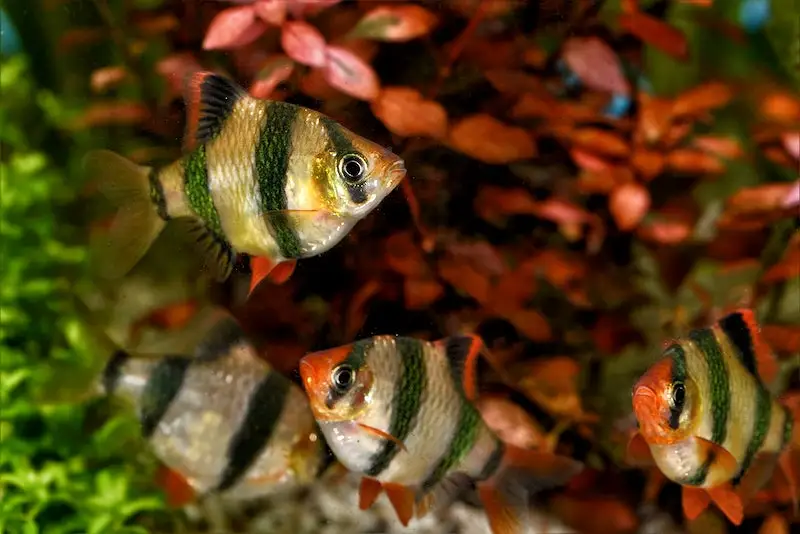
Triggerfish
Behavior in Captivity
Triggerfish, with their distinct appearance and unique behaviors, add intrigue to aquariums. Understanding their captivity-induced behaviors is essential for creating an environment conducive to their well-being.
Tank Considerations for Triggerfish
Accommodating Triggerfish involves providing a spacious tank with ample swimming space. Thoughtful consideration of tank decor and suitable tank mates ensures a captivating and balanced aquarium experience with these charismatic fish.
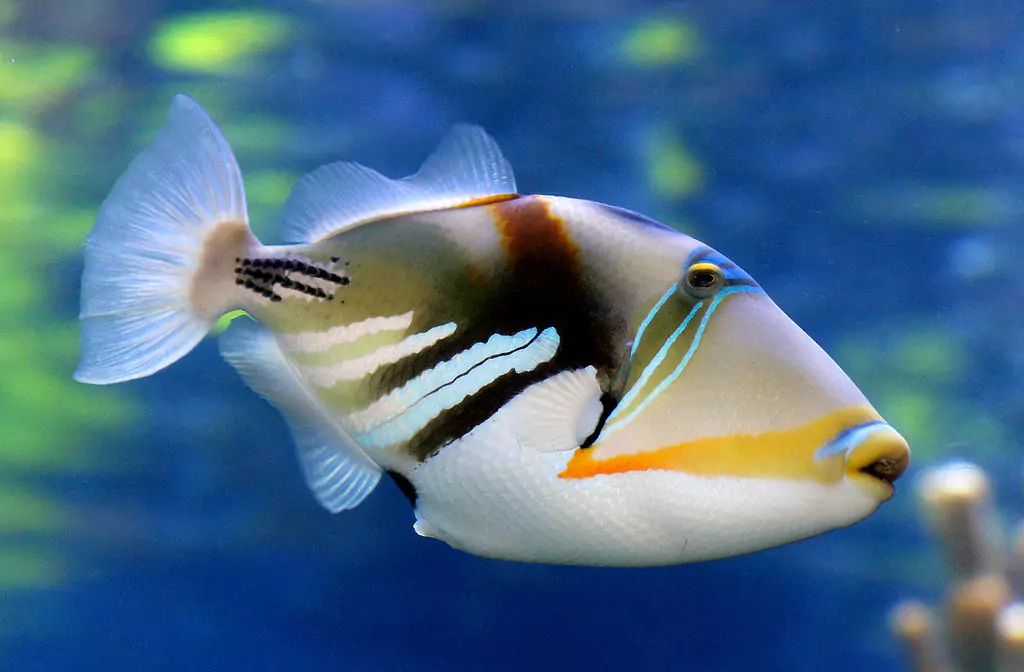
Incorporating these aggressive aquarium fishes into your tank requires careful planning and consideration of their unique characteristics. By understanding their behaviors and meeting their specific needs, enthusiasts can create captivating aquatic ecosystems that showcase the beauty and diversity of these remarkable fish species.
Managing Aggression in Aquariums
Signs of Aggression
Unusual Aggressive Behavior
Recognizing abnormal behavior in aquarium fish is crucial. Aggression may manifest as fin-nipping, chasing, or frequent confrontations. Observing deviations from normal social interactions can be an early indicator.
Visible Stress Indicators
Stressed fish exhibit physical signs such as faded colors, rapid gill movement, or hiding behavior. Identifying these stress cues allows proactive intervention to prevent escalated aggression.
Strategies for Preventing and Addressing Aggression
Thoughtful Tankmate Selection
Choose fish with compatible temperaments and size to minimize potential conflicts. Researching and understanding the social dynamics of different species aids in creating a harmonious community.
Adequate Hiding Spaces
Providing ample hiding spots disperses aggression by offering refuge for subordinate fish. Rocks, plants, and decorations create territorial boundaries, reducing direct confrontations.
Tank Rearrangement
Rearranging the tank decor occasionally disrupts established territories, redistributing aggression. This practice can be an effective strategy to manage aggression without removing fish from the community.
Monitoring Breeding Conditions
During breeding periods, aggression may intensify. Separating breeding pairs or providing specialized breeding tanks helps mitigate conflicts and ensures the well-being of all tank inhabitants.
Importance of Proper Feeding and Tank Maintenance
Balanced Nutrition
Well-fed fish are less likely to engage in aggressive behavior. Providing a balanced and species-appropriate diet contributes to overall health and reduces competition for resources among tank mates.
Regular Tank Maintenance
Maintaining optimal water conditions is paramount. Regular water changes, efficient filtration, and monitoring water parameters prevent stress-induced aggression, promoting a healthy and stable aquarium environment.
Observation and Intervention
Regularly observe fish behavior and intervene promptly if signs of aggression emerge. Separating aggressive individuals temporarily or adjusting tank conditions can prevent prolonged conflicts.
In the intricate world of aquarium management, understanding and managing aggression are pivotal for fostering a thriving aquatic community. By implementing these strategies and remaining attentive to signs of stress or conflict, enthusiasts can create an environment where each fish can flourish and showcase their unique behaviors.
Conclusion
Recap of Key Points
In concluding our exploration of the top 10 aggressive aquarium fishes, it becomes evident that each species brings its own unique charm and challenges to the aquatic tableau. From the vibrant Red-Tail Shark to the striking Wolf Cichlid, understanding the distinctive behaviors and requirements of these species enhances the appreciation of their presence within an aquarium.
Encouragement for Responsible Fish Keeping
Embarking on the journey of fishkeeping carries the responsibility of creating a harmonious environment for our aquatic companions. As enthusiasts, it is our duty to meticulously research, plan, and adapt to the needs of the fish in our care. Responsible fishkeeping involves not only meeting their physical requirements but also fostering an understanding of their behaviors, social dynamics, and unique personalities.
By promoting responsible fishkeeping practices, we contribute to the well-being of our aquatic friends and the overall health of the aquarium community. Let our passion for these captivating creatures be guided by a commitment to providing them with the best possible living conditions, ensuring a fulfilling and enriching experience for both fish and enthusiast alike.
In conclusion, as we revel in the beauty and diversity of aggressive aquarium fishes, let us carry forward the lessons learned here into our own aquatic endeavors, fostering a community that thrives through knowledge, dedication, and a genuine love for the mesmerizing world beneath the water’s surface.
Additional Resources
Links to Relevant Forums on Aggressive Fish Species
For enthusiasts seeking ongoing discussions, advice, and shared experiences on aggressive aquarium fishes, exploring reputable forums is invaluable. Joining these communities provides a platform for interacting with seasoned hobbyists, gaining insights into specific species, and troubleshooting challenges. Here are some recommended forums.
- AquariumForum: A diverse community discussing various aspects of aquarium keeping, including insights on aggressive fish species.
- MonsterFishKeepers: A specialized forum catering to those interested in large and potentially aggressive fish species, offering a wealth of knowledge and firsthand experiences.
- TropicalFishForums: A comprehensive forum covering a wide range of aquarium topics, with dedicated sections for aggressive fish species and their care.
Links to Relevant Books on Aggressive Fish Species
For enthusiasts seeking in-depth knowledge and comprehensive guides on aggressive aquarium fishes, exploring relevant books is a valuable investment. These recommended books provide authoritative information on specific species and general principles of managing aggression.
- Aggressive Freshwater Fish by Victoria Vet: A comprehensive guide covering various aggressive fish species, their behaviors, and strategies for maintaining a harmonious aquarium.
- The Behavior, Ecology and Evolution of Cichlid Fishes by Maria E. Abate: This book delves into the behaviors and ecology of cichlid fishes, including insights into aggression and territoriality.
- Betta Success by Robert Fenner: Focusing on the Siamese Fighting Fish (Betta), this book offers practical advice on their unique behaviors, care requirements, and strategies for maintaining a thriving Betta community.
Exploring these forums and books will enrich your understanding of aggressive aquarium fishes, providing a valuable resource for ongoing learning and community engagement in the dynamic world of fishkeeping.
Frequently Asked Questions (FAQs)
1. What are the key characteristics of Red-Tail Sharks, and how can I keep them in a community tank?
Red-Tail Sharks are known for their vibrant appearance with a red tail fin and territorial behavior. To keep them in a community tank, provide hiding spots, choose suitable tank mates, and maintain a well-balanced environment.
2. What should I know about the behavior traits of Oscar Fish, and what are recommended tank mates to avoid potential issues?
Oscars exhibit charismatic and assertive behavior. Compatible tank mates include larger, robust species, while caution is advised with smaller or timid fish to prevent aggression and potential issues.
3. How can I care for Siamese Fighting Fish (Betta) considering their unique behaviors and special requirements?
Betta fish display vibrant colors and are territorial. Care for them by providing adequate space, avoiding aggressive tank mates, and ensuring a well-maintained environment with gentle filtration.
4. What are the aggression levels of Jaguar Cichlids, and what tank setup considerations should be taken into account?
Jaguar Cichlids exhibit territorial behavior, requiring careful consideration of tank setup. Provide hiding spots, carefully plan tank layout, and choose compatible tank mates to manage aggression.
5. What distinctive features does the Green Terror possess, and how can I ensure compatibility with other fish in my aquarium?
Green Terrors are known for their vibrant colors and assertive demeanor. Ensure compatibility by selecting robust tank mates of similar size, creating a visually stunning and harmonious aquatic display.

